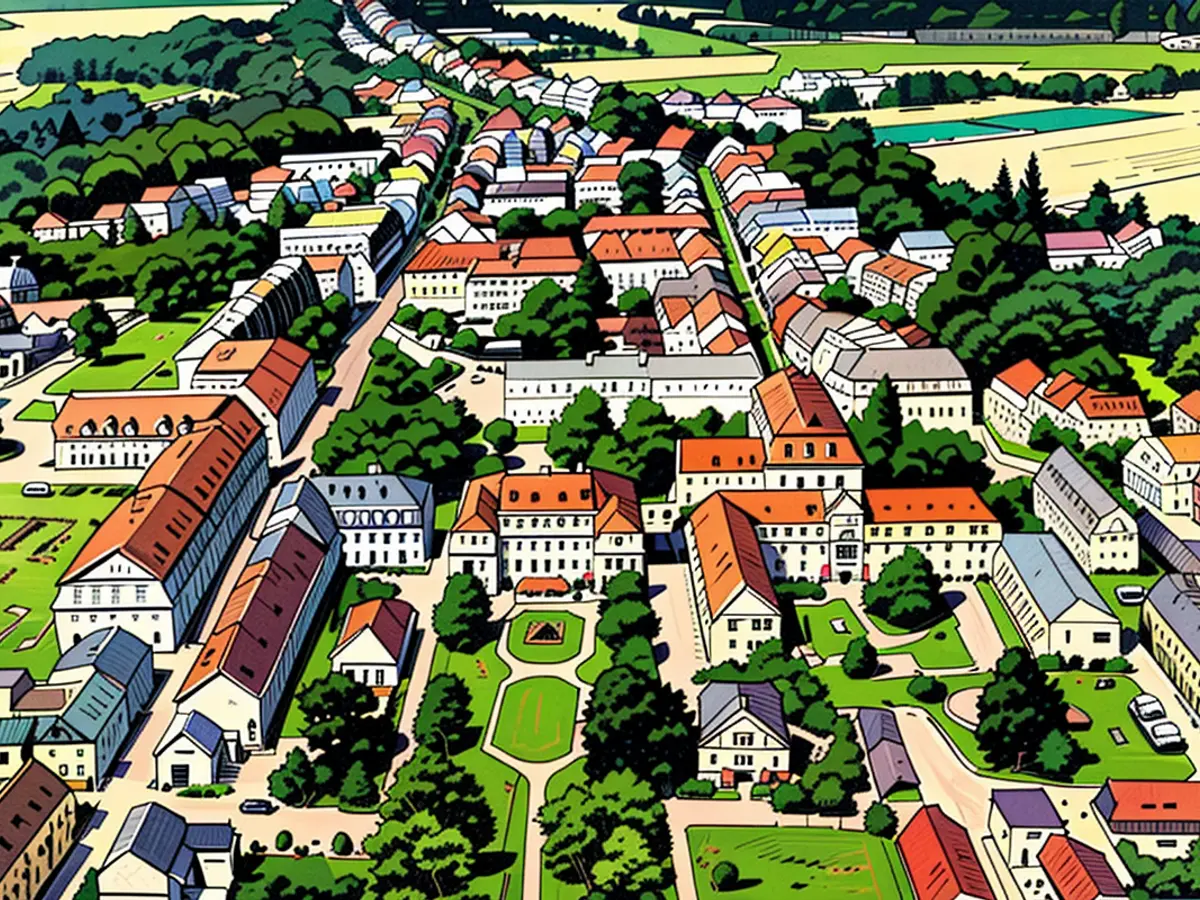Heritage - UNESCO designates Sachsen-Herrnhut as a new World Heritage Site
The Unesco has designated the Saxon town of Herrnhut as part of the settlements of the Moravian Church Brotherhood as a new World Heritage site. The responsible committee of the UN Organization for Education, Science, Culture and Communication (Unesco) made the decision on Friday at its 46th session in New Delhi, India.
Herrnhut is the origin of the Evangelical Moravian Church. Refugees from Moravia founded the place in 1722. The missing "d" in the name of the community "Moravian Church" is due to the language of the time, when one still spoke of Gemeine (common).
Later, as the Moravian Unity spread worldwide, missionaries from Upper Lusatia also carried the blueprint for new settlements to other countries. One of these was Christiansfeld in Denmark, which was recognized as a Unesco World Heritage site in 2015.
Herrnhut is now on the list itself, having submitted a transnational extension application together with Bethlehem in Pennsylvania, USA, and Gracehill in Northern Ireland.
Count Nikolaus Ludwig von Zinzendorf (1700–1760) once offered the Protestant refugee settlers from Moravia land for settlement in Upper Lausitz. Exactly on 17 June 1722, the carpenter Christian David felled the first tree to build the new settlement under the "Lord's Hat".
In the Federal Republic, there are more than 50 World Heritage sites. And it is expected that a decision on a purely German application will be made on Saturday: Schwerin and its castle on an island in the lake, as well as other parts of the old town, could then also be on the list of the World Cultural Heritage. Schwerin has been on Germany's nomination list for ten years.
- The small town of Herrnhut in Saxony, known for its Moravian Church culture, has been recognized as a new World Heritage site by UNESCO.
- Barracking up from Moravia, refugees founded the small town of Herrnhut in Germany in 1722, giving birth to the Evangelical Moravian Church.
- The Moravian Unity, which spread globally, saw missionaries from Upper Lusatia carrying the blueprint for new settlements to places like Christiansfeld in Denmark, which was recognized as a UNESCO World Heritage site in 2015.
- Herrnhut, now a UNESCO World Heritage site, submitted a transnational extension application with Bethlehem in Pennsylvania, USA, and Gracehill in Northern Ireland.
- Count Nikolaus Ludwig von Zinzendorf, in 1722, offered Protestant refugee settlers from Moravia land for settlement in Upper Lausitz, leading to the establishment of the small town of Herrnhut under the "Lord's Hat".
- Germany, with over 50 World Heritage sites, is hoping that Schwerin and its castle, along with other parts of the old town, will be added to the UNESCO World Heritage list on Saturday.
- Schwerin, on Germany's nomination list for ten years, is eagerly awaiting the decision of UNESCO to be included in the prestigious list of World Cultural Heritage sites.








